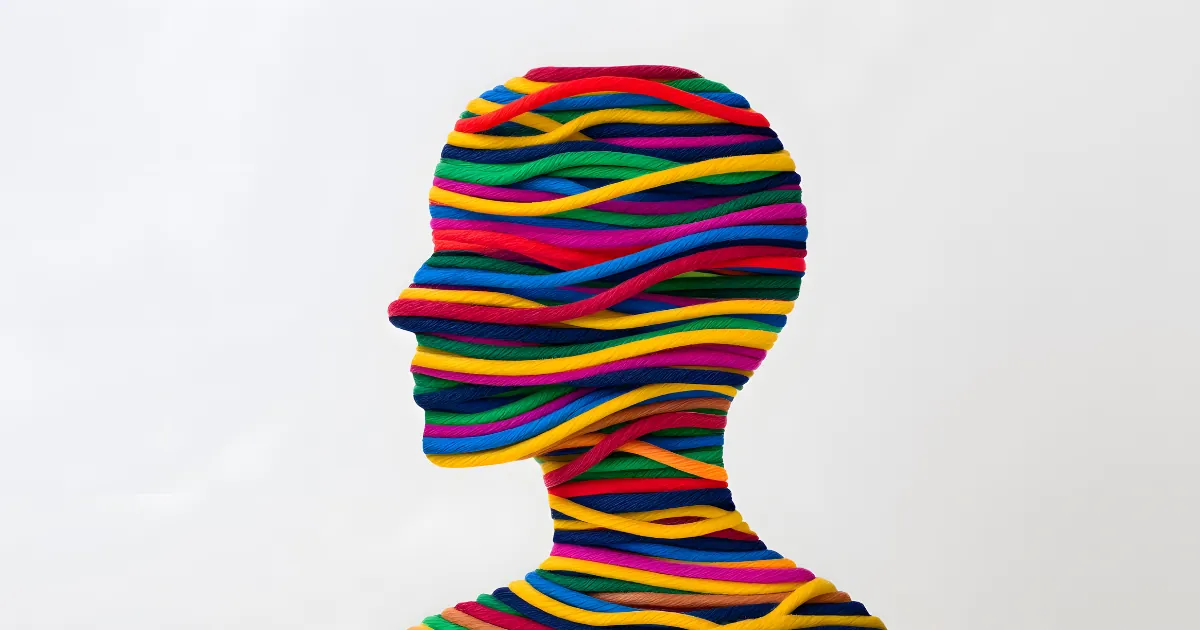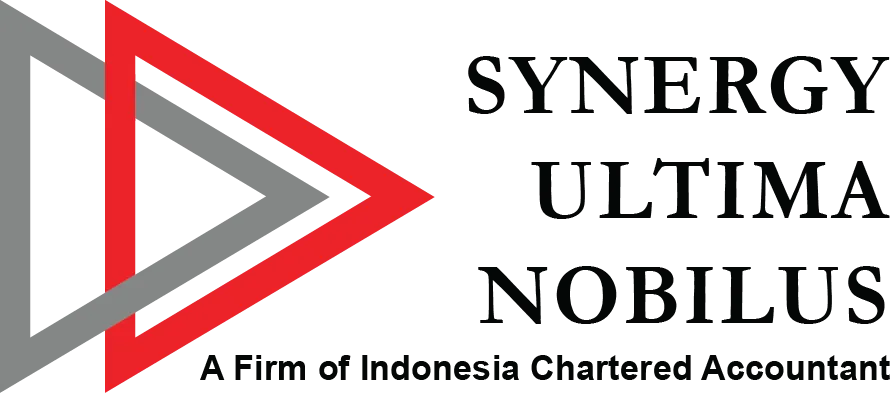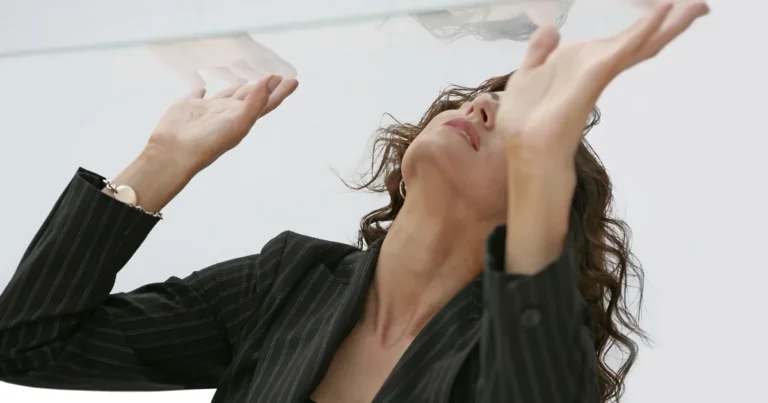- Phone: (031) 849 5566
- WA: +6282140060234
- Email: [email protected]
- Hours: Mon-Fri, 8am - 5pm
Color Psychology: “The Secret Behind Our Emotions and Choices”

Color is not just an element of aesthetics—it is a subtle emotional language. Each color can trigger different psychological responses, whether consciously or unconsciously. We may feel calmer in a green room, more confident wearing red, or more focused working in a space dominated by blue.
According to Elliot & Maier (2014), the effect of color is contextual: a color that feels calming in one situation may produce the opposite effect in another. In their comprehensive review, they concluded that colors carry emotional meaning and can influence how people feel, think, and behave. They emphasize that the impact of color largely depends on the psychological context in which it appears.
How Colors Affect Thoughts and Emotions
Physiological response: Red, for instance, can increase heart rate and alertness.
Cultural associations: White symbolizes purity in many countries, but represents death in some Asian cultures.
Environmental influence: Wall colors in offices, clothing choices, and even product packaging can subtly alter perception.
In other words, color is a “psychological stimulus” that shapes how we feel and react to the world.
A Guide to Color Psychology in Everyday Life
| Color | General Meaning (Psychological) | Everyday Effects |
|---|---|---|
| Red | Passion, energy, alertness | Boosts enthusiasm, suitable for presentations; avoid dominance in focus settings |
| Blue | Calmness, stability, trust | Helps concentration, suitable for workspaces or bedrooms |
| Green | Freshness, balance, healing | Soothes the eyes, ideal for relaxation or recreational areas |
| Yellow | Cheerfulness, energy, creativity | Encourages positivity, great as an accent; excessive use may cause restlessness |
| Black | Elegance, power, mystery | Professional and bold, but may feel heavy or somber if overused |
| White | Cleanliness, order, simplicity | Creates spaciousness, but can feel cold or sterile if overly dominant |
Practical Applications in Daily Life
Clothing
Want to look confident? Add a touch of red.
Need calmness? Go for soft blue or green.
Interior Design
Workspaces: dominated by blue/green to boost focus.
Relaxation areas: green or earthy tones for comfort.
Creative rooms: add yellow or orange accents for energy.
Food
Plate and container colors can change taste perception. For example, food may appear sweeter on a pink plate compared to a plain white one.
Color Therapy (Chromotherapy)
Beyond daily use, colors are also applied in color therapy or chromotherapy. Although still debated in modern medicine, this approach has been used in various healing traditions.
Red: believed to boost physical energy.
Blue: applied to calm anxiety and help with insomnia.
Green: thought to restore balance and harmony.
Yellow: associated with mental stimulation and creativity.
Some hospitals have even experimented with colored lighting to improve patients’ moods. While scientific evidence is still emerging, color therapy shows that humans are highly responsive to visual stimuli.
Visualization of Color Psychology

Conclusion
Colors hold a hidden power that can move emotions, influence moods, and even drive decisions. Their effects are not absolute—context, culture, and personal experiences play significant roles. Still, by understanding color psychology, we can:
Consciously regulate our moods.
Design environments that foster productivity or relaxation.
Make better choices in visual communication.
Color is not merely about aesthetics—it is an emotional language that speaks directly to our minds and feelings.
👉 References
Elliot, A. J., & Maier, M. A. (2014). Color Psychology: Effects of Perceiving Color on Psychological Functioning in Humans. Annual Review of Psychology, 65, 95–120. https://doi.org/10.1146/annurev-psych-010213-115035
Jonauskaite, D., et al. (2013). Effects of Color on Emotions in Everyday Life. Frontiers in Psychology, 4:803. https://pubmed.ncbi.nlm.nih.gov/23808916/





